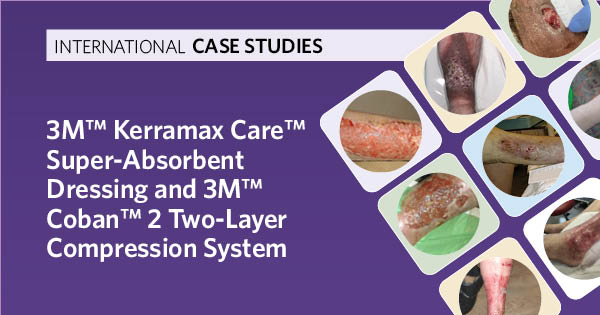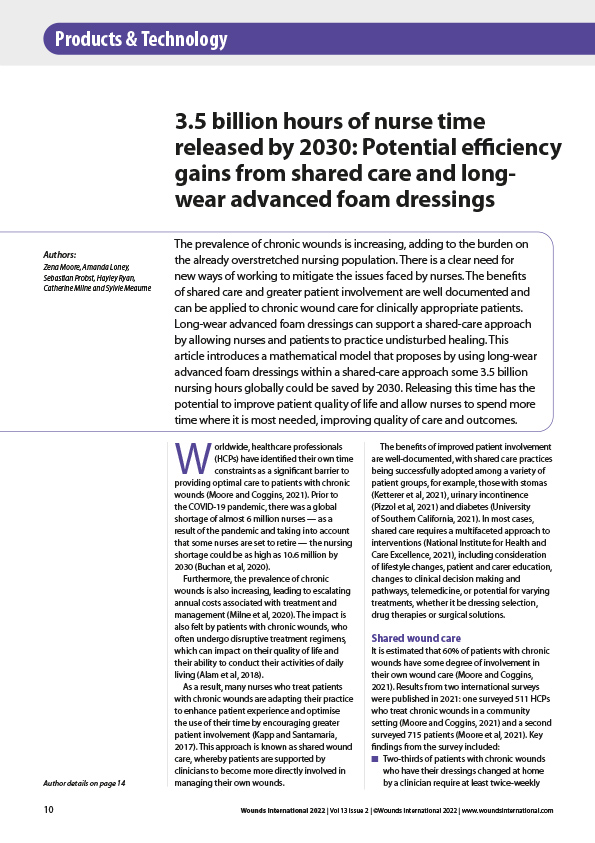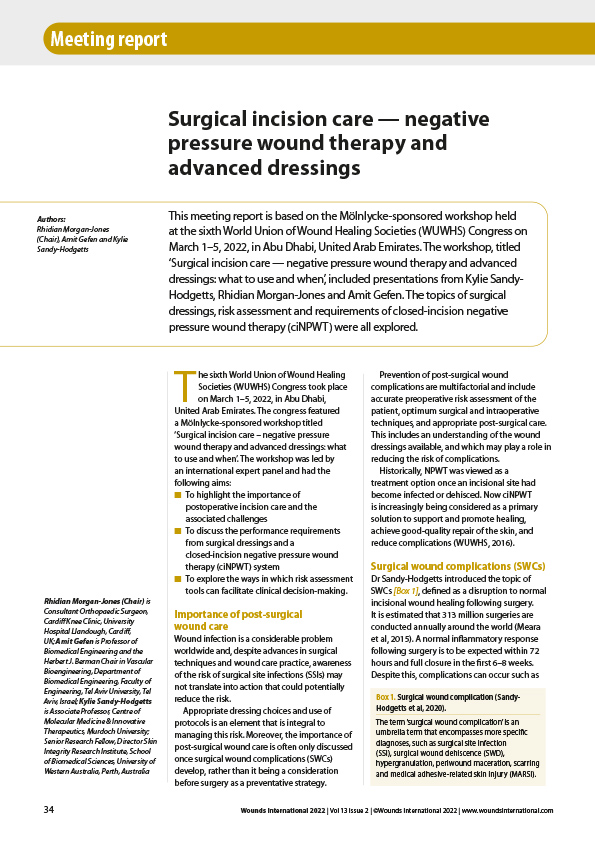<p>This article aims to strike a balance between compression bandaging to treat oedema and a positive patient experience. Compression therapy is well recognised as a key component in the management of venous and lymphatic conditions. Science indicates that intermittent pressures provided by inelastic bandage systems rhythmically stimulate venous and lymphatic flow to reduce and contain oedema. However, sustained high pressures are not always tolerated by patients who wear bandages. This may be overcome by applying inelastic bandages with high working and tolerable lower resting pressures. As compression is vital to prevent prolonged suffering caused by ulceration and oedema, concordance and listening to patients is the key to successful treatment.</p>



